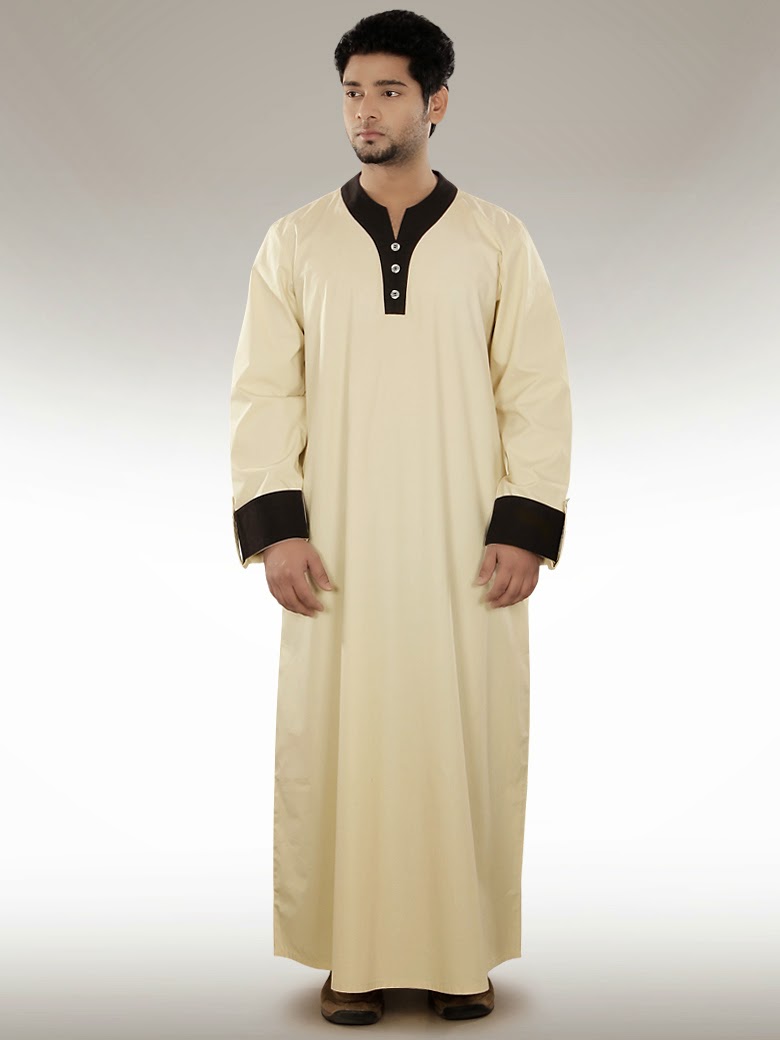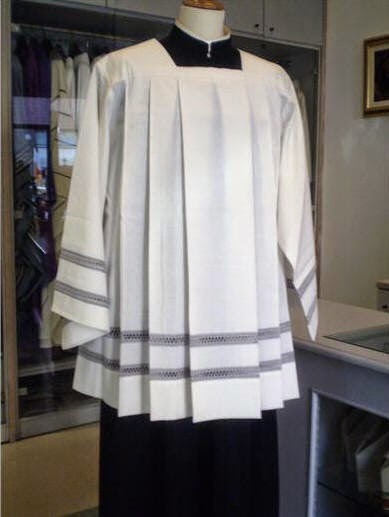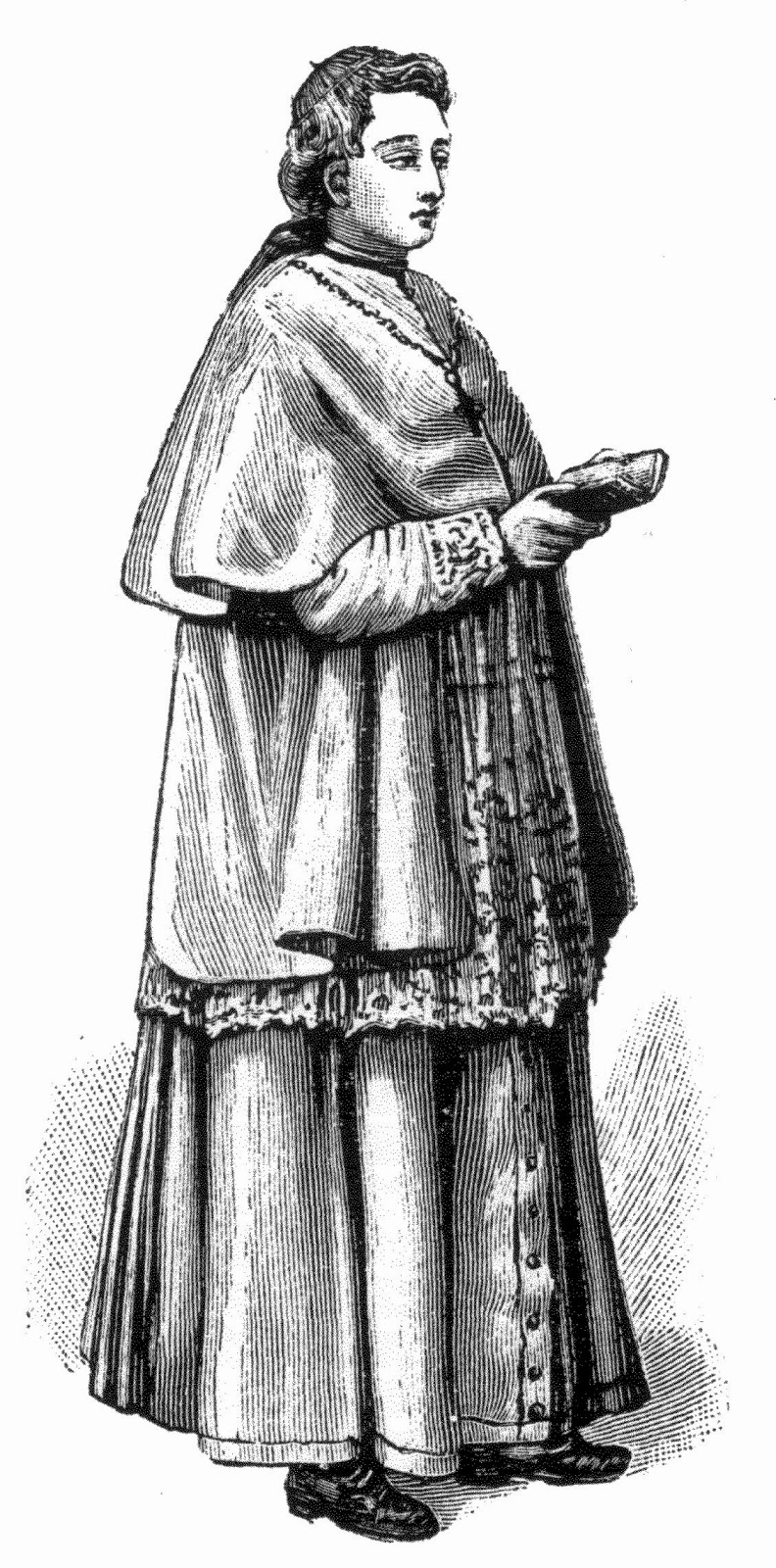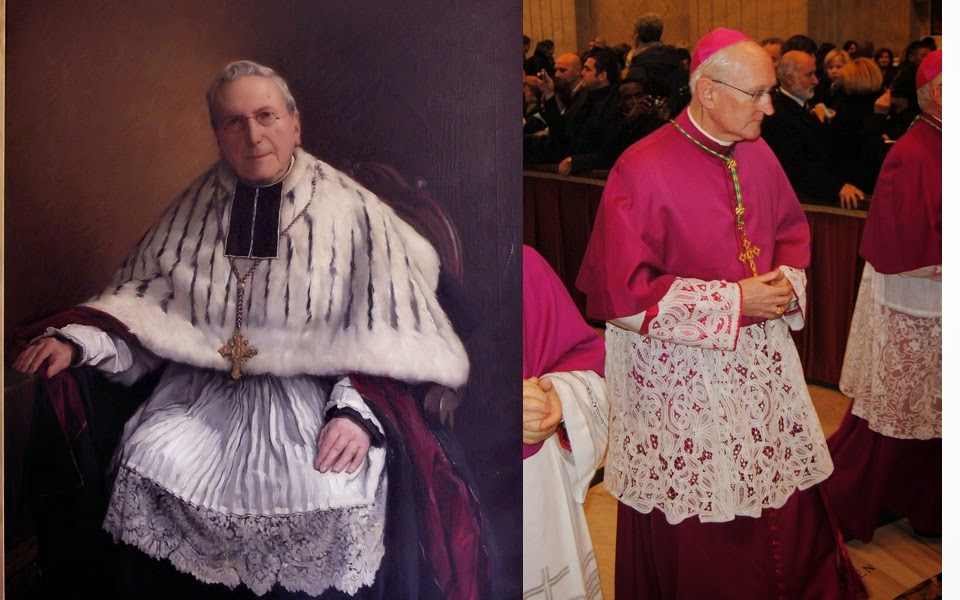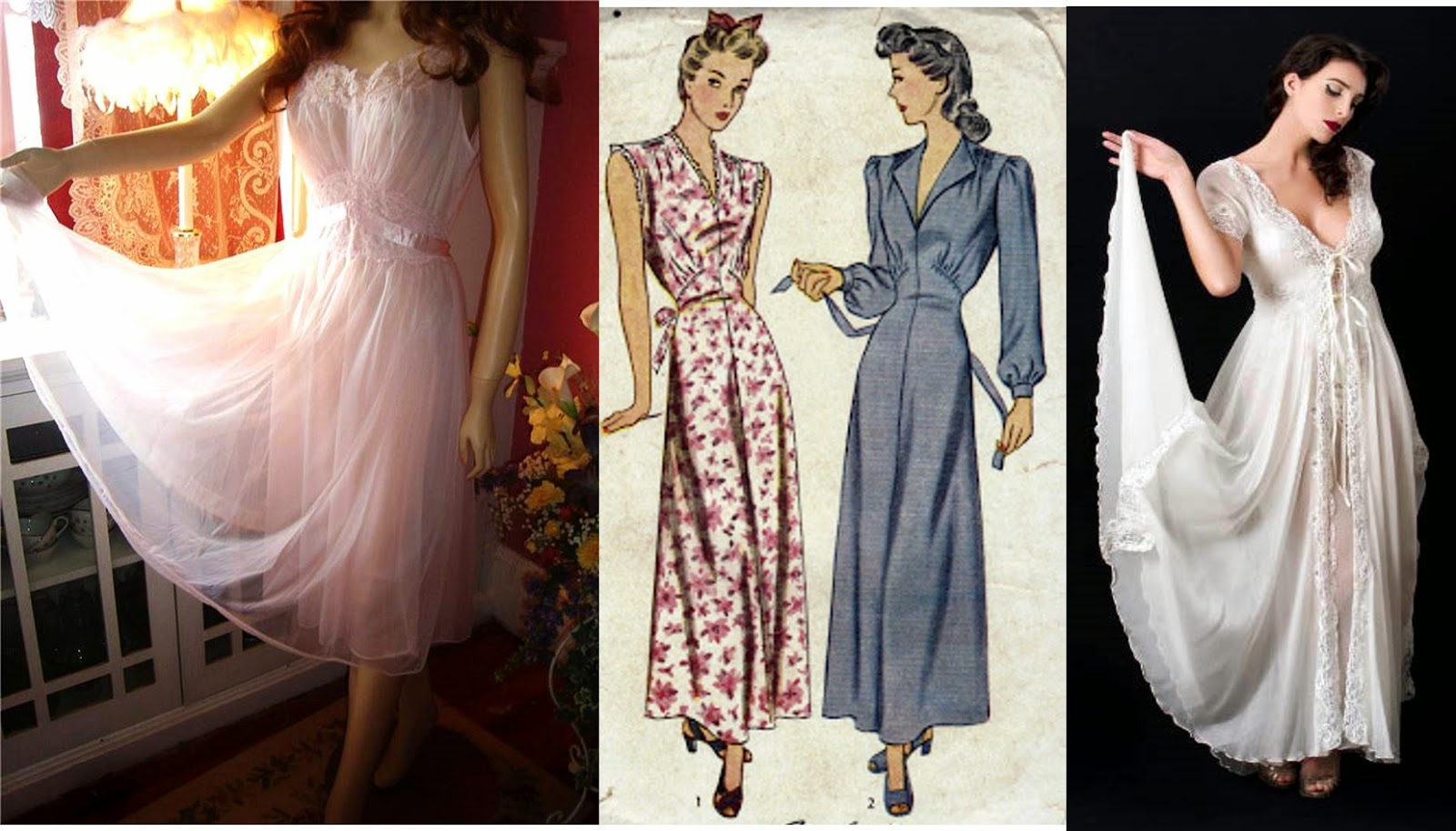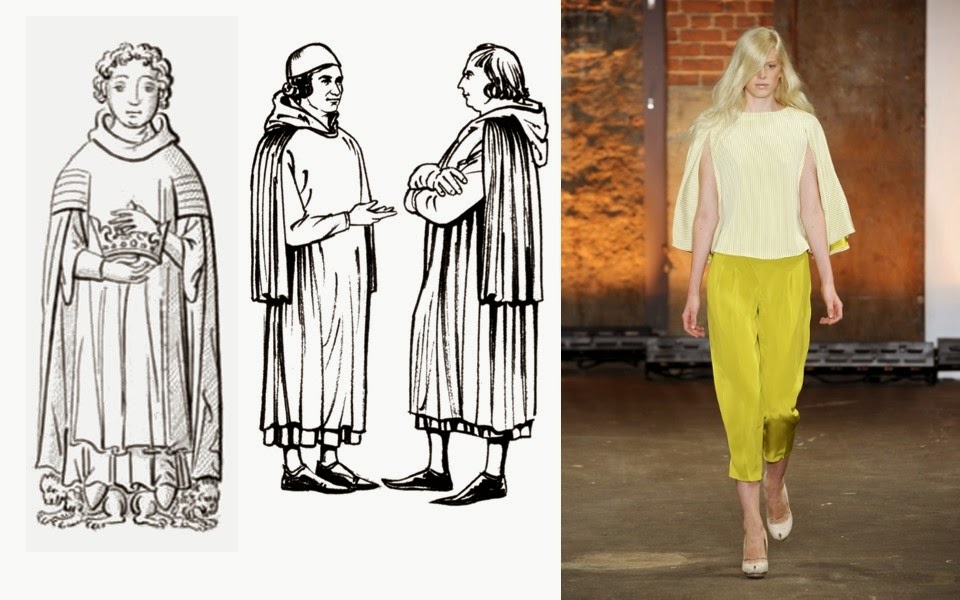Garter (stockings)
Garters (or suspenders) are articles of clothing: narrow bands of fabric fastened about the leg, used to keep up stockings, and sometimes socks. In the eighteenth to twentieth centuries, they were tied just below the knee, where the leg is most slender, to keep the stocking from slipping. The advent of elastic has made them less necessary from this functional standpoint, although they are still often worn for fashion. Garters have been widely worn by men and women, depending on fashion trends.
Garters in fashion
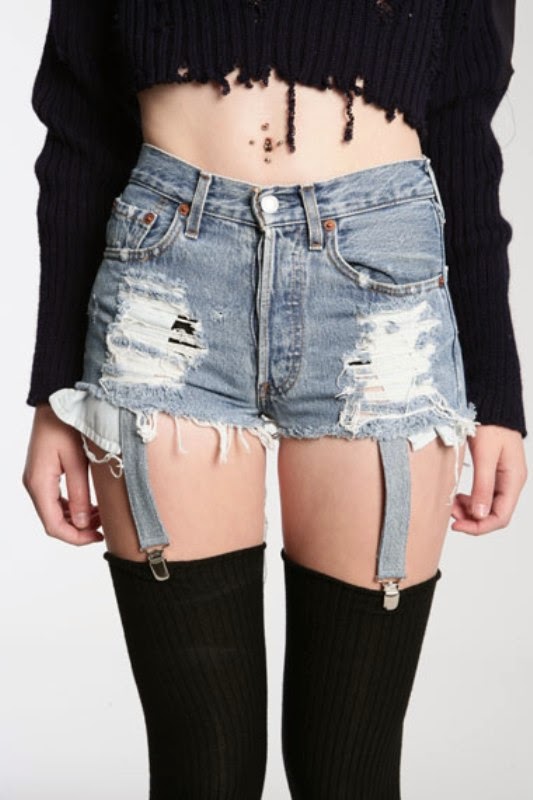 Garters were popular in the 1930s and 1940s, and were a convenient way for ladies to carry small valuables, in place of a small purse.
Garters were popular in the 1930s and 1940s, and were a convenient way for ladies to carry small valuables, in place of a small purse.
In Elizabethan fashions, men wore garters with their hose, and colorful garters were an object of display. In Shakespeare's Twelfth Night, "cross braced" garters are an object of some derision.
In male fashion, a type of garter for holding up socks has continued as a part of male dress up to the present, although its use may be considered somewhat stodgy.
Use in wedding traditions
There is a Western wedding tradition for a bride to wear a garter to her wedding, to be removed towards the end of the reception by the groom. This ceremony is often interpreted as symbolic of deflowering, though some sources attribute its origin to a superstition that taking an article of the bride's clothing will bring good luck. In the Middle Ages, the groom's men would rush at the new bride to take her garters as a prize.
Today, the privilege of removing the bride's garter is traditionally reserved to the groom, who will then toss the garter to the unmarried male guests. This is performed after the tossing of the bouquet, in which the bride tosses her bouquet over her shoulder to be caught by the unwed female guests. According to superstition, the lady who catches the bouquet and the man who catches the garter will be the next man and woman among those in attendance to be married (though perhaps not to each other). The ceremony often continues with the man who catches the garter obliged to place it on the leg of the lady who caught the bouquet. Traditionally, the pair are obliged to share the next dance.
Use at high school proms in the United States
Prom garters were common in the 1960s & 70s, and often conferred on the date as a souvenir. If the date received the garter, it was typically hung from his rear-view mirror.
Beginning in the mid-2000s,it has become common in the United States for young women attending a high school prom to wear a garter, usually designed to match the style and color of the young woman's dress. The prom garter may be worn throughout the evening and is sometimes given to the young woman's date as a souvenir. A young woman may also choose to keep the garter rather than give it away, as a token of her prom night. In some cases, young people may participate in a "garter and tie" dance (often hosted by the high school as part of the prom), during or after which either the young woman herself or the young woman's date removes the garter and exchanges it for the date's tie. In cases like this where the garter is given early in the evening, the young woman's date may wear it on his arm for the remainder of the evening. In areas where prom garters are common, it has become a tradition for young women to pose for a picture with other female friends before the prom, in which they pull up the skirts of their dresses to display their prom garters, which are generally worn a few inches (half-dozen centimetres) above the right knee. The giving or taking of the prom garter may or may not have the same sexual implications that are associated with wedding garters; however, the giving of the prom garter is often interpreted as publicly designating the pair as a romantic couple.
Wearing suspenders or garter belts and stockings
 Suspender belts or garter belts are a usually a woman's undergarment consisting of an elasticated material strip usually at least 2" to 3" wide, but can be deeper, that is worn around the waist, to which 2 or 3 elastic suspender 'slings' are attached on each side, where the material is shaped to the contours of the body. The suspenders are typically clipped to the stockings with metal clips into which a rubber disc is inserted through the stocking material effectively 'locking' the stocking in place. These are normally attached to a length of elastic allowing for adjustment. These clips, also known as suspender slings, are best attached to stockings with a simple welt that do not have lace, or 'hold-ups' with a silicon rubber lining. Suspender belts for men do exist, usually for when a man needs to wear support hosiery for medical reasons.
Suspender belts or garter belts are a usually a woman's undergarment consisting of an elasticated material strip usually at least 2" to 3" wide, but can be deeper, that is worn around the waist, to which 2 or 3 elastic suspender 'slings' are attached on each side, where the material is shaped to the contours of the body. The suspenders are typically clipped to the stockings with metal clips into which a rubber disc is inserted through the stocking material effectively 'locking' the stocking in place. These are normally attached to a length of elastic allowing for adjustment. These clips, also known as suspender slings, are best attached to stockings with a simple welt that do not have lace, or 'hold-ups' with a silicon rubber lining. Suspender belts for men do exist, usually for when a man needs to wear support hosiery for medical reasons.
It is best to wear suspender / garter belts at the waist line or just slightly below. If worn too low on the hips, there is a chance of the belt sliding down, as they are being pulled downward by the stockings. The garment should fit closely on the waist, but not too tight. Some retailers can supply garments associated with more traditional underwear, such as corselettes or girdles, in the 21st century referred to as shapewear, with suspender slings attached.
In the 21st century, pantyhose or tights are more commonly available than stockings; retail suppliers from supermarkets to department stores or lingerie and hosiery specialist shops claim the demand for stockings is 'relatively limited'. Hold-ups are an alternative way for keeping stockings up, with a band of latex rubber moulded in to the stocking top. Nevertheless, suspenders continue to be used by wearers who prefer not to wear tights for health reasons. Women who suffer from Thrush or Cystitis are often advised not to wear tights as nylon worn close to the vaginal area can exacerbate any infection present. Similarly latex rubber in hold ups may irritate some people's skin. A suspender (garter) belt is the only option in these cases. Any person with these infections should consult their doctor.
The other reason for wearing support stockings is for medical reasons associated with varicose veins or poor circulation, this may be related to heart disease. While information on these conditions can be found on line, sufferers should talk to their doctor or GP, who will probably refer the patient to the practice nurse to be measured to ensure the correct grade and size of stocking is worn.
Stockings are often considered to be a reflection of sensuality, particularly as photographs of women in fancy lingerie are often considered erotic. Again fashion has gone a full circle making these fancy suspender belts or basques readily available for special occasions, and many women enjoy 'dressing up' in attractive underwear, again an item where on line suppliers find there is a growing market.
History 19th century
Some women wore stockings with a plain elastic garter or narrow material tied tightly, not suspenders, or by simply rolling the top of the stocking, because it seemed more practical or they could not afford classic corsetry, thus creating a kind of predecessor of the modern hold ups. This was particularly common among servants and housemaid, particularly until the mid 1920s when the more modern suspender became readily available
During the world's first long distance journey by automobile in 1888 Bertha Benz, the wife of the inventor of the automobile Dr Carl Benz, used a garter to insulate a broken wire of the Benz Patent-Motorwagen Nr. 3. In remembrance of this historic road trip today's official German scenic byway Bertha Benz Memorial Route follows the tracks of Bertha Benz from Mannheim via Heidelberg to Pforzheim (Black Forest) and back. Stockings have also been used as an emergency replacement for a car's fanbelt'
History 20th century
During World War II, WAAFs (Women's Auxiliary Air Force) were issued inexpensive suspenders.
From the 1940s to '60s, suspenders became a common, popular alternative to the girdle, especially among teens and young women. Amid concerns girdles might cause abdominal flabbiness, suspender belts offered a simpler, more practical, and more comfortable choice when used simply to hold up their stockings.
Since the early 1960s, many men's magazines featured images of women in underwear, with models in suspenders and stocking, often with slips, petticoats, corsets or a bra and knickers or panties in erotic prose. These images may have an erotic element and are sometimes presented as fetish fashion and also in publications often deemed as pornography.









